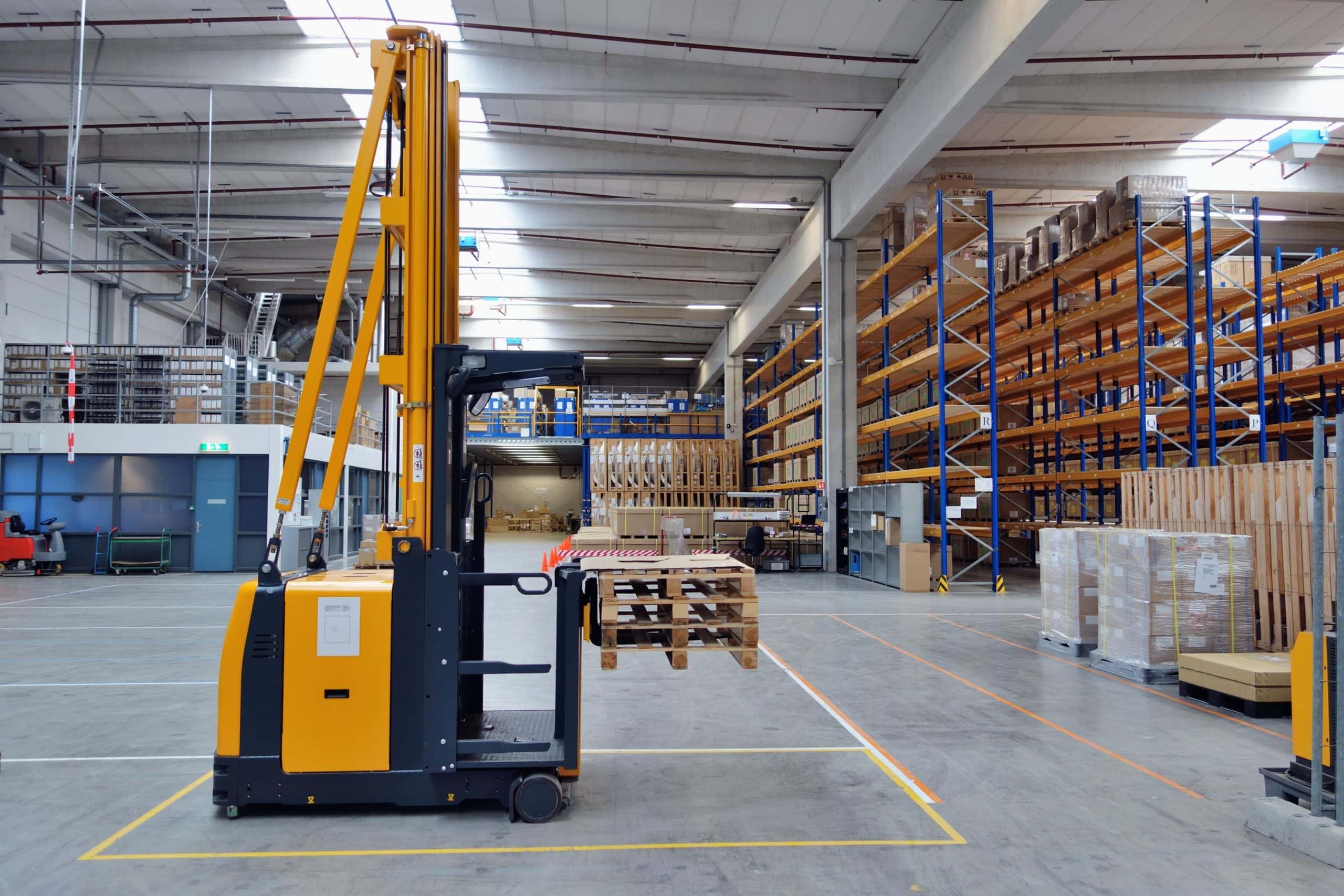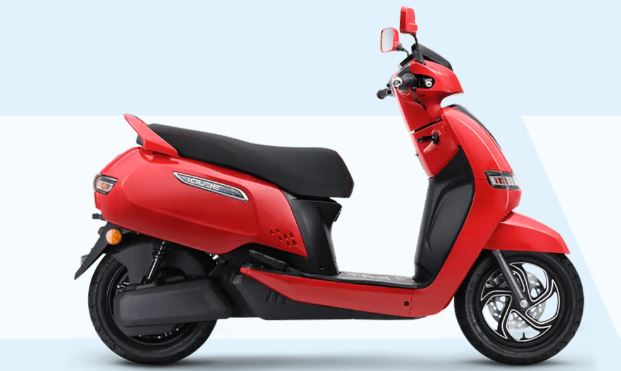Now Reading: Why Cross Docking Service is Important?
-
01
Why Cross Docking Service is Important?
Why Cross Docking Service is Important?

In the fast-paced world of logistics and supply chain management, efficiency is paramount. One term that has gained significant traction in recent years is “cross docking.” This innovative process has revolutionized the way goods move through the supply chain, providing businesses with a competitive edge. Let’s delve into why cross docking service is so crucial in today’s dynamic market.
I. Introduction
A. Definition of Cross Docking
Cross docking is a logistics strategy where products from suppliers are directly distributed to customers or retail chains with little to no handling or storage time. This method eliminates the need for warehousing, reducing costs and enhancing the speed of order fulfillment.
B. Importance of Efficient Logistics
In the era of instant gratification, customers expect swift deliveries. Efficient logistics, epitomized by cross docking, plays a pivotal role in meeting these expectations. It’s not just about moving goods; it’s about doing it with precision and speed.
II. Advantages of Cross Docking
A. Reduced Handling Costs
Traditional warehouses involve substantial handling costs related to storage, inventory management, and order picking. Cross docking service okc minimizes these costs by streamlining the process, allowing goods to move seamlessly from suppliers to end-users.
B. Faster Order Fulfillment
Cross docking significantly reduces order fulfillment times. With minimal storage delays, products reach customers faster, contributing to improved customer satisfaction and loyalty.
C. Inventory Management Benefits
In a world where inventory can make or break a business, efficient inventory management is a game-changer. Cross docking allows for real-time inventory tracking, reducing the risk of overstocking or stockouts.
III. Key Features of Cross Docking
A. Minimal Storage Time
The essence of cross docking lies in its minimal storage time. Products spend less time sitting on shelves, ensuring that they reach their destination swiftly.
B. Streamlined Transportation
By consolidating shipments and optimizing transportation routes, cross docking reduces transportation costs and environmental impact, making it a sustainable solution.
C. Sorting and Consolidation
Efficient sorting and consolidation of goods are at the heart of cross docking. This ensures that the right products are delivered to the right destinations without unnecessary detours.
IV. Industries Benefiting from Cross Docking
A. Retail
The retail sector, with its focus on just-in-time inventory, benefits immensely from cross docking. It helps retailers meet consumer demands promptly while keeping inventory levels in check.
B. Manufacturing
Manufacturers leverage cross docking to streamline the flow of raw materials and components, ensuring a smooth production process and timely delivery of finished goods.
C. E-commerce
In the world of online shopping, where speed is a differentiator, cross docking is a game-changer. E-commerce giants use this strategy to fulfill orders rapidly and maintain a competitive edge.
V. How Cross Docking Works
A. Incoming Shipments
When products arrive from suppliers, they are immediately directed to the cross docking facility, skipping traditional warehousing processes.
B. Sorting and Segregation
Goods are sorted based on destination and product type. This ensures that the right products are grouped together for efficient transportation.
C. Outgoing Shipments
The sorted products are loaded directly onto outbound transportation, whether trucks, ships, or planes, for direct delivery to customers or retailers.
VI. Technology in Cross Docking
A. Warehouse Management Systems
Advanced warehouse management systems play a crucial role in orchestrating the truck towing service in oklahoma city process, ensuring accuracy and efficiency.
B. RFID and Barcode Scanning
Technological innovations like RFID and barcode scanning enhance visibility and traceability, reducing the risk of errors in the cross docking process.
C. Automation and Robotics
The integration of automation and robotics further optimizes the cross docking process, making it faster and more reliable.
VII. Challenges and Solutions
A. Coordination and Communication
Effective coordination and communication between suppliers, manufacturers, and transportation partners are vital. Collaboration platforms and real-time tracking help overcome these challenges.
B. Handling Perishable Goods
For industries dealing with perishable goods, maintaining the cold chain during cross docking is crucial. Specialized facilities and equipment address this challenge.
C. Technology Implementation Challenges
While technology is a boon, its implementation can pose challenges. Training and ongoing support help teams adapt to new systems seamlessly.
VIII. Real-life Examples
A. Success Stories
Companies like XYZ Logistics have transformed their supply chains through cross docking, achieving remarkable cost savings and efficiency improvements.
B. Lessons Learned
Learning from successful implementations, businesses can tailor cross docking strategies to their unique needs, avoiding pitfalls and maximizing benefits.
IX. Future Trends in Cross Docking
A. Sustainability Initiatives
As businesses prioritize sustainability, cross docking is expected to align with green logistics, reducing environmental impact and promoting eco-friendly practices.
B. Integration with AI and Machine Learning
The future of cross docking lies in intelligent systems. Integration with AI and machine learning will further enhance predictive analytics, improving decision-making.
C. Global Expansion
With the world becoming a smaller marketplace, cross docking is set to expand globally, connecting suppliers and consumers seamlessly across borders.
X. Conclusion
A. Recap of Importance
In conclusion, cross docking is more than a logistics strategy; it’s a competitive advantage. Its ability to reduce costs, improve efficiency, and meet customer expectations makes it indispensable in today’s business landscape.
B. Looking Ahead
As technology continues to evolve and businesses embrace sustainable practices, the future of cross docking looks promising. Those who adapt to these changes will thrive in the ever-evolving world of logistics.






















